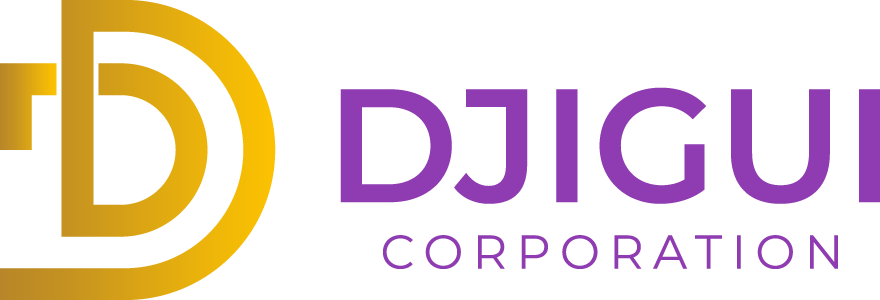Introduction
In the world of credit repair, having a well-thought-out plan is often the difference between success and failure. After understanding the master the skill of negotiating your debt in part one of our series, it’s time to move into the second phase: Crafting a Strategic Payment Plan. This step is akin to building a bridge, a pathway that takes you from a land of financial stress to a realm of financial freedom.

Laying the Foundation: Your Budget Worksheet
The first step in constructing this bridge is to lay its foundation, which is your budget worksheet. This document serves as the blueprint for your financial bridge. It provides a clear, detailed picture of your income and expenses, allowing you to understand how much you can realistically dedicate towards debt repayment each month.
Aligning your payment dates with your payday is an effective strategy when setting up your payment plan. This ensures that funds are available when payments are due, significantly reducing the risk of missed payments and the potential damage to your credit score.
To simplify this process, consider automating your payments. This eliminates the stress of remembering due dates, ensuring timely payments, and further protecting your credit score from the negative impact of late payments.
Building the Bridge: The Snowball Method
Once the foundation is secure, it’s time to start building the bridge using a slightly modified version of the snowball method. This method traditionally involves making minimum payments on all debts while throwing extra money at the smallest debt. Once the smallest debt is paid off, you roll that payment into the next smallest debt, and so on, creating a ‘snowball’ effect.
However, we recommend a slight modification: make higher payments towards accounts with the smallest debt. This accelerates the payoff process, allowing you to clear these debts faster and then focus your energy and resources on larger balances. The principle remains the same: as each debt is paid off, the freed-up funds are then channeled toward the next debt, creating a momentum that continues until all your accounts are settled.
Crossing the Bridge: Financial Freedom
Remember, the goal is not just to pay off debts but to do so in a way that respects your financial reality and minimizes stress. Aligning your payment plan with your financial capabilities and income cycle can create a sustainable strategy that steadily guides you towards your goal of financial freedom.
Credit repair is a journey, and each step you take brings you closer to your destination. With a strategic payment plan, you’re not just repairing your credit; you’re building a bridge to a future of financial stability and freedom. So, let’s start building your bridge today!

